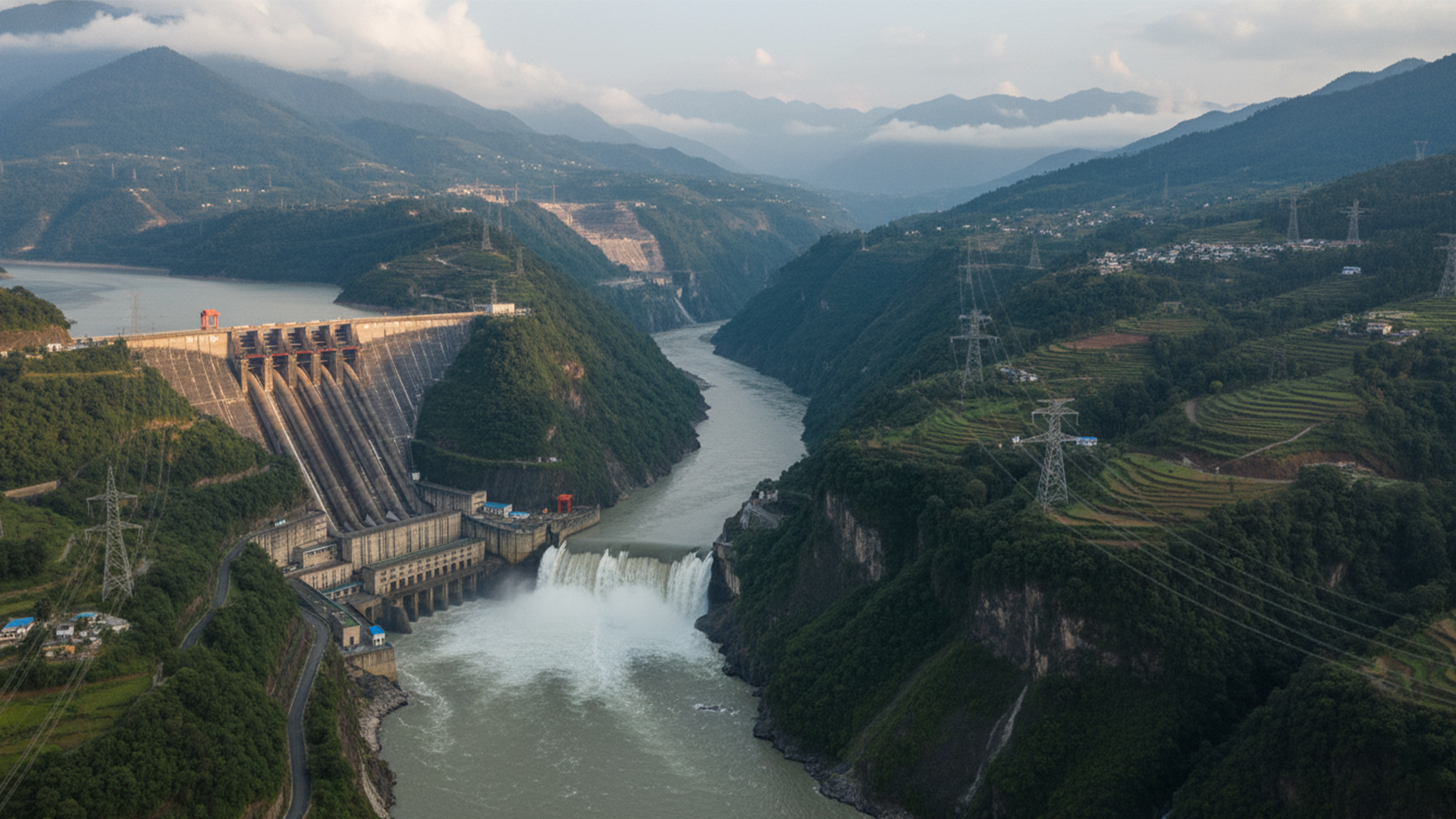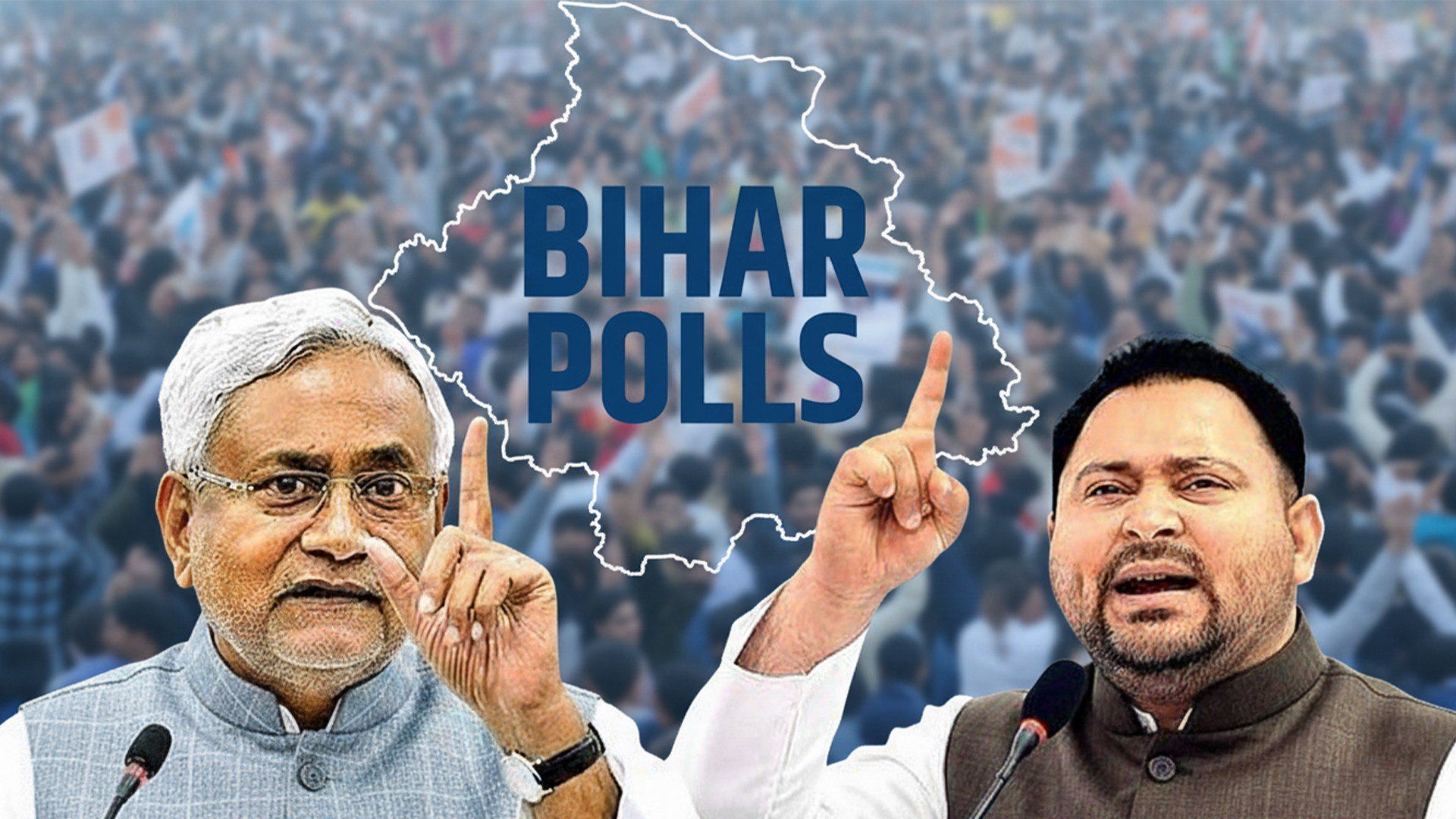India has announced a comprehensive hydropower transmission initiative valued at ₹6.4 trillion (approximately $77 billion) to harness over 76 gigawatts (GW) of hydroelectric capacity from the Brahmaputra River basin by 2047.
This ambitious plan, unveiled by the Central Electricity Authority (CEA), encompasses 208 large hydro projects across 12 sub-basins in India’s northeastern states, with a significant focus on Arunachal Pradesh, which borders China.
The initiative aims to meet the country’s growing electricity demand and enhance energy security, particularly in the sensitive northeastern region where the river flows.
The Brahmaputra basin holds more than 80% of India’s untapped hydro potential, making it a critical area for renewable energy development.
The plan includes 64.9 GW of conventional hydro capacity and an additional 11.1 GW from pumped-storage plants. The first phase of the project, to be completed by 2035, is estimated to cost ₹1.91 trillion, while the second phase is projected at ₹4.52 trillion. Public sector firms such as NHPC, NEEPCO, and SJVN are expected to undertake these projects.
The expansion aligns with India’s broader renewable energy goals of installing 500 GW of non-fossil fuel power by 2030 and achieving net-zero emissions by 2070.
This strategic move comes amid rising tensions over China’s construction of a mega dam on the Yarlung Tsangpo River in Tibet, upstream of India’s Arunachal Pradesh. The Chinese project, which commenced earlier this year, is expected to generate approximately 300 million megawatt-hours of electricity annually, surpassing the output of the Three Gorges Dam.
Beijing maintains that the dam will not significantly impact downstream water supplies, but India and Bangladesh have expressed concerns over potential disruptions to water flow during dry seasons, which could affect agriculture and power generation in Assam and Arunachal Pradesh.
Hydrologists warn that the Chinese project could reduce India’s dry-season river flows by as much as 85%, potentially exacerbating water scarcity issues in the region. In response, India has conveyed its concerns to China, emphasizing the need for cooperation to ensure that downstream regions are not adversely affected.
The Indian government views the hydropower expansion as both an energy development strategy and a geopolitical countermeasure to China’s upstream activities.
The announcement of India’s hydropower plan has garnered attention both domestically and internationally. While the initiative is seen as a significant step toward enhancing energy security and promoting renewable energy, it also underscores the complexities of transboundary water management in the region.
The developments highlight the need for continued dialogue and cooperation between neighboring countries to address shared water resources and ensure sustainable development.
As the situation evolves, stakeholders are closely monitoring the implementation of hydropower projects in India and their potential impact on regional water dynamics.
The coming years will be crucial in determining how effectively these initiatives can balance energy needs with environmental and geopolitical considerations.
Also Read: WHO Flags Coldrif, Respifresh TR, and ReLife Syrups After Fatalities






